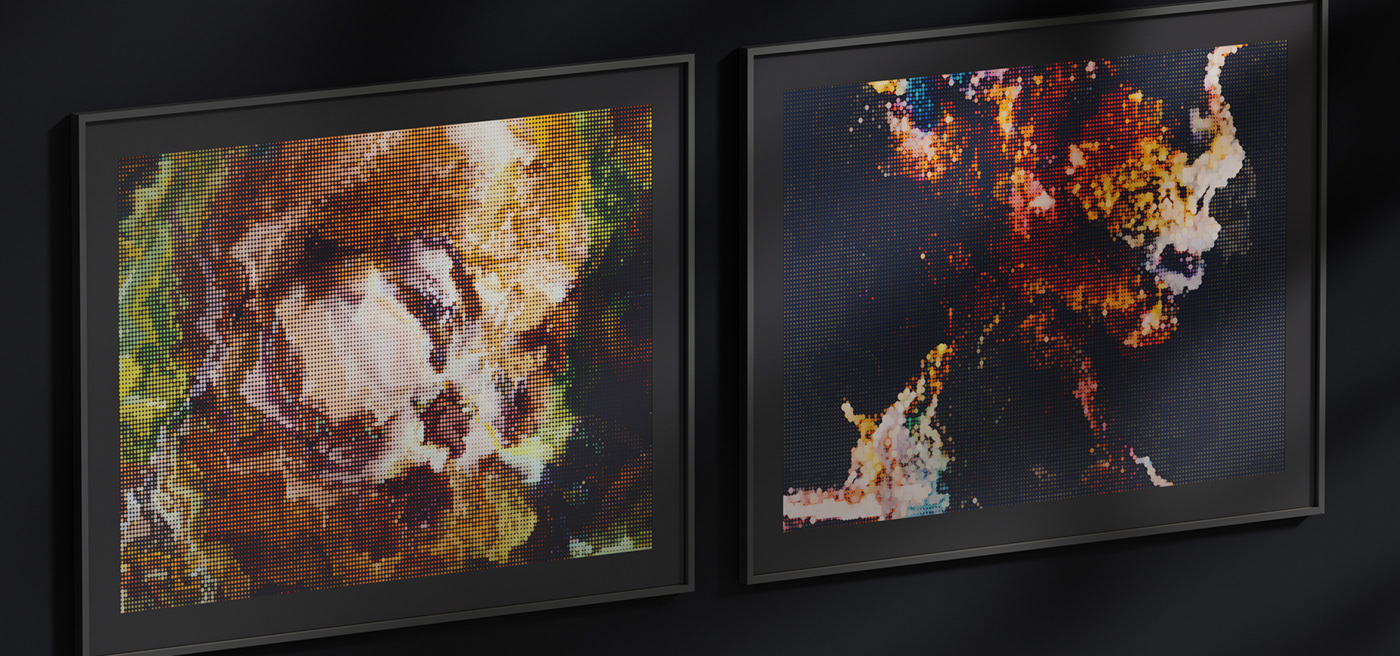Replica is a personal project that combines the worlds of abstract art, animation, and algorithms. Drawing inspiration from George Seurat's Pointillism, it investigates the intricate relationship between color and motion and how our eyes perceive them.
The fascinating concept of optical blending occurs when the human eye blends adjacent dots of color together. This phenomenon is due to the way our eyes and brain interpret visual information using cells called cones that are responsible for color perception.



Despite the fact that we have only three types of cones, our ability to perceive a wide range of colors is still remarkable. The reason behind this lies in the complex processing power of our brain and it's visual cortex.

Our visual cortex employs additional processing to enhance color perception. These mechanisms include color constancy, which allows us to perceive consistent colors even under different lighting conditions. The other is color contrast, which enables the detection of subtle differences in hue and shade by comparing neighboring colors.




The vibrant and diverse world of colors that we perceive is a result of this intricate interplay between the eye and the brain. It is a testament to the remarkable capabilities of our visual system to decode and interpret the information contained in light.

Dogs and cats have fewer types of cones than us, resulting in a more limited color perception. Similar to many other species they rely more on rod cells, which are more sensitive to light intensity than color.




Birds and insects often have additional types of cones, enabling them to perceive colors outside the human visible spectrum, such as ultraviolet light.



Some of us can experience a phenomenon called synesthesia, where we can perceive colors when presented with certain stimuli, such as letters, numbers, or sounds. This cross-sensory perception allows for unique connections and associations between colors and other sensory experiences.


Synesthesia is a fascinating phenomenon, but it is not considered a disorder or a pathological condition. For most synesthetes, the experiences are benign and integrated into their daily lives. Synesthesia serves as a window into the complex workings of the brain and provides insights into the diversity of human perception.

Understanding the science behind color perception not only deepens our appreciation for the beauty around us, but also provides valuable insights into the complexities of human perception and cognition.


My aim was to produce a series of colorful animations, that gradually reveals and blend images out of abstract spaces using only solid color dots. The composition becomes a dynamic environment where dots rapidly populate, simulating the color blend process and progression.








Follow me on Instagram






